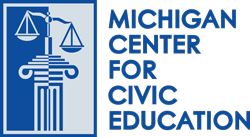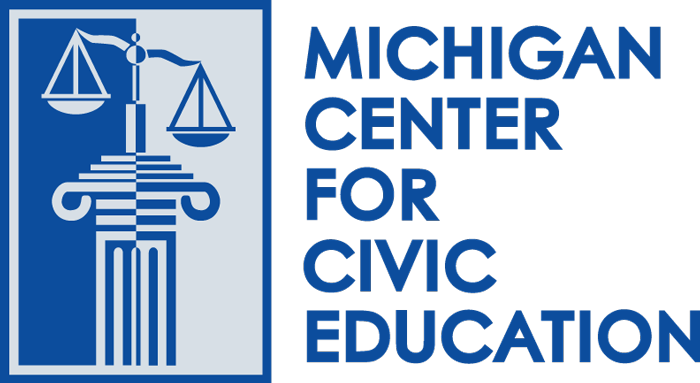In this lesson, students explore the cause-and-effect relationships
between historical events and the development of constitutional
principles that protect the rights of all people in America today. In its first constitutional challenge to the equal protection clause of the Fourteenth Amendment, the U.S. Supreme
Court decided to hear a case brought by a Chinese immigrant, not an American citizen.
Civics Lessons
Equal Justice Under Law
What is Democracy?
In this lesson, students will identify essential components of a functioning democracy. They will be presented with “borderline” countries – hypothetical nations that exhibit some, but not all, of the characteristics of a democracy. Through discussion and group work, students will expand their understanding of democracy and see different manifestations of democratic practices.
John Marshall, Marbury v. Madison, and Judicial Review—How the Court Became Supreme
In this lesson, students will learn, the role of the Supreme Court in interpreting the Constitution, the significance of Marbury v. Madison, the concept of judicial review and how Marbury v. Madison solidified it, and the relationship between the Supreme Court and laws passed by Congress and state legislatures
The U.S. Constitution: Continuity and Change in the Governing of the United States
This unit examines continuity and change in the governing of the United States. Lessons one and two are focused on a study of the Constitution and Bill of Rights and provide access to primary source documents from the Library of Congress. Lesson three investigates important issues which confronted the first Congress and has students examine current congressional debate over similar issues. Lesson four features broadsides from the Continental Congress
The Exchange: Should the United States Reduce Immigration?
Through research and deliberation, students are encouraged to look at the issue of immigration reform from different points of view.
Voting and the Constitution
Students will learn about the Constitution’s many provisions for voting, including how votes affect the makeup of the government and its branches. The lesson and lesson extensions will have students engage in activities and participate in discussions about how officials are chosen in the three branches of government and how the election process includes the Electoral College.
McCulloch v. Maryland (1819)
This case summary provides teachers with everything they need to teach about McCulloch v. Maryland (1819). It contains background information in the form of summaries and important vocabulary at three different reading levels, as well a review of relevant legal concepts, diagram of how the case moved through the court system, and summary of the decision. This resource also includes seven classroom-ready activities that teach about the case using interactive methods.
2nd Amendment and the Courts
After reading and discussion of federal gun policies and proposals, their pros and cons, and the Second Amendment, students debate the merits of different gun policies.
What Makes an Amendment?
Students will learn about the process of amending the Constitution. They will review the details of the amendment process and discuss its pros and cons. In class activities, assignments, and the Lesson Extensions, student partners and groups will create persuasive presentations that they will share with the class to gain support for an amendment.
Hazelwood v. Kuhlmeier (1988)
This case summary provides teachers with everything they need to teach about Hazelwood v. Kuhlmeier (1988). It contains background information in the form of summaries and important vocabulary at three different reading levels, as well a review of relevant legal concepts, diagram of how the case moved through the court system, and summary of the decision. This resource also includes seven classroom-ready activities that teach about the case using interactive methods.

